Farm Bureau applauds Congress for full passage of Continuing Resolution
The bill includes short-term spending, disaster aid and a farm bill extension.
Read MoreOver the last several months, Farm Bureau members throughout Ohio have been participating in well water testing. Ohio Farm Bureau provided each county Farm Bureau 25 testing kits for members to use and then send to Heidelberg University’s National Center for Water Quality Research for nitrate analysis, and 675 members took advantage of the program.
It is recommended that wells be tested annually if they are more than 20 years old; were dug rather than drilled; are shallow; soil is sandy; a chemical spill happened nearby; or are near cropland, feedlots, landfills or industrial sites.
Once homeowners receive their results, they can use the Ohio Watershed Network’s Well Water Interpretation Tool to understand what the results mean. Ohio State University in conjunction with the Ohio Department of Health and Ohio Environmental Protection Agency developed this online tool that offers instant water quality interpretation.
Depending on results, if further action is needed, there are online resources for well owners with additional information and resource links.
The well water testing initiative is a part of Ohio Farm Bureau’s Water Quality Action Plan, a comprehensive effort to help improve water quality statewide, which also includes edge-of-field nutrient runoff monitoring and conservation efforts through the Blanchard River Demonstration Farms Network in northwest Ohio, as well as advocating for legislation that will positively impact the state’s water quality while allowing the business of agriculture to grow.
“More than 750,000 households in Ohio depend on their own well, spring or cistern for their drinking water,” according to Larry Antosch, OFBF’s senior director of policy development and environmental policy. “Farm Bureau provided this service for members so they have an opportunity to see what’s in their family’s drinking water and take any necessary corrective actions.”


The bill includes short-term spending, disaster aid and a farm bill extension.
Read More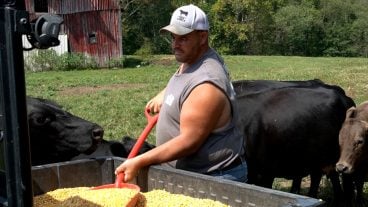
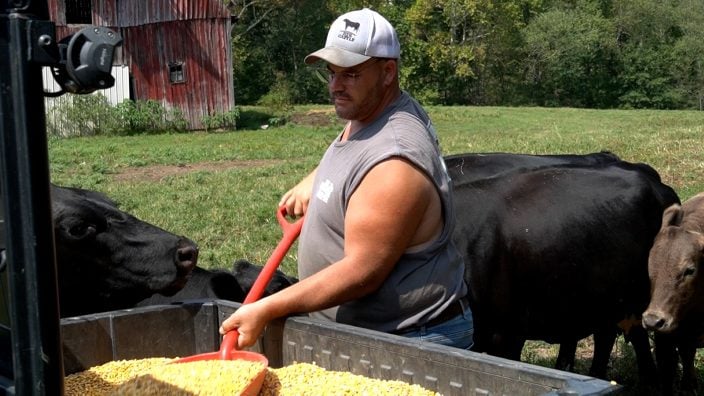
The disaster relief funding disbursement will be overseen by the Ohio Department of Agriculture and administered through local soil & water districts.
Read More

The winners of the 2024 Ohio Farm Bureau Advocacy in Action Award are Roger Baker of Wayne County and Neall Weber (posthumously) of Franklin County.
Read More

The requirement for businesses that are registered with their state to file information about beneficial owners with the Financial Crimes Enforcement Network is in flux.
Read More

Ohio’s Electric Cooperatives recommend safe energy conservation during extreme cold snaps to help alleviate demand.
Read More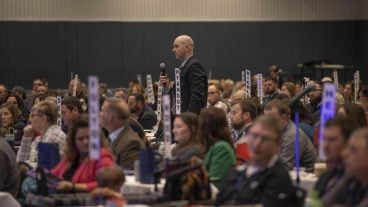
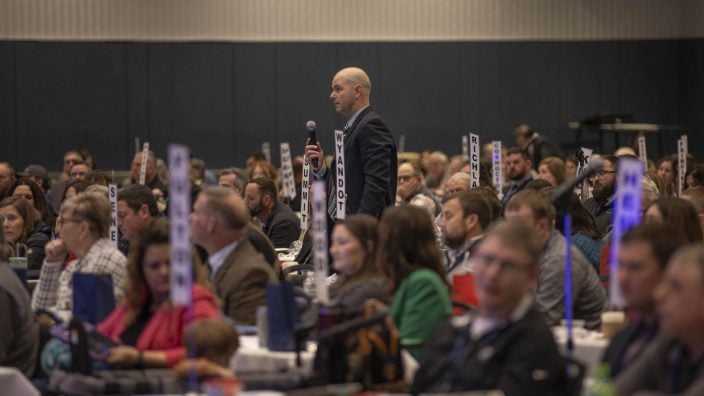
Delegates discussed many important topics including carbon sequestration and mental health at the Ohio Farm Bureau’s 106th Annual Meeting.
Read More

Bill Patterson, Cy Prettyman and Adele Flynn will continue to serve as officers for Ohio Farm Bureau Federation.
Read More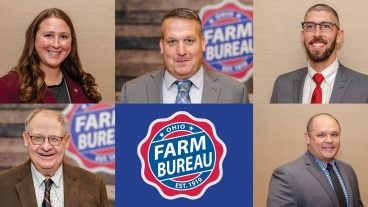
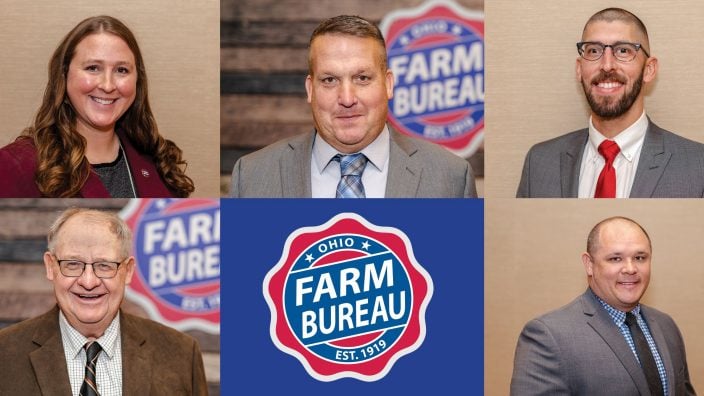
10 Ohio Farm Bureau members were elected to the federation’s state board during the 106th annual meeting.
Read More
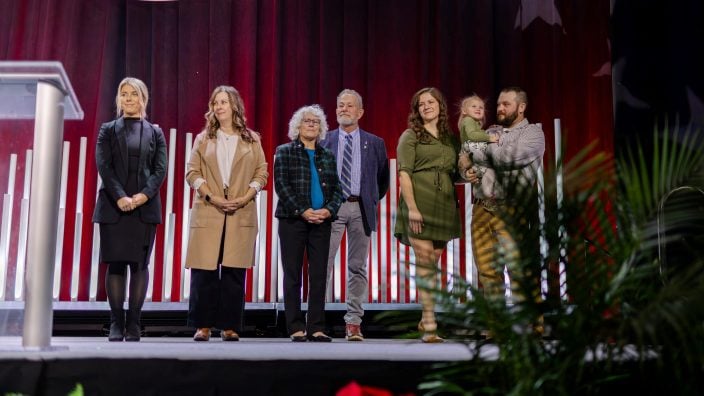
The grants help inspire, encourage and nurture young agricultural professionals and entrepreneurs to find creative and transformative ways to address challenges facing the agricultural sector today.
Read More

The 2024 Distinguished Service Award recipients are Dr. John Mossbarger of Fayette County, Sen. Rob Portman of Warren County and Jane Scott of Franklin County.
Read More